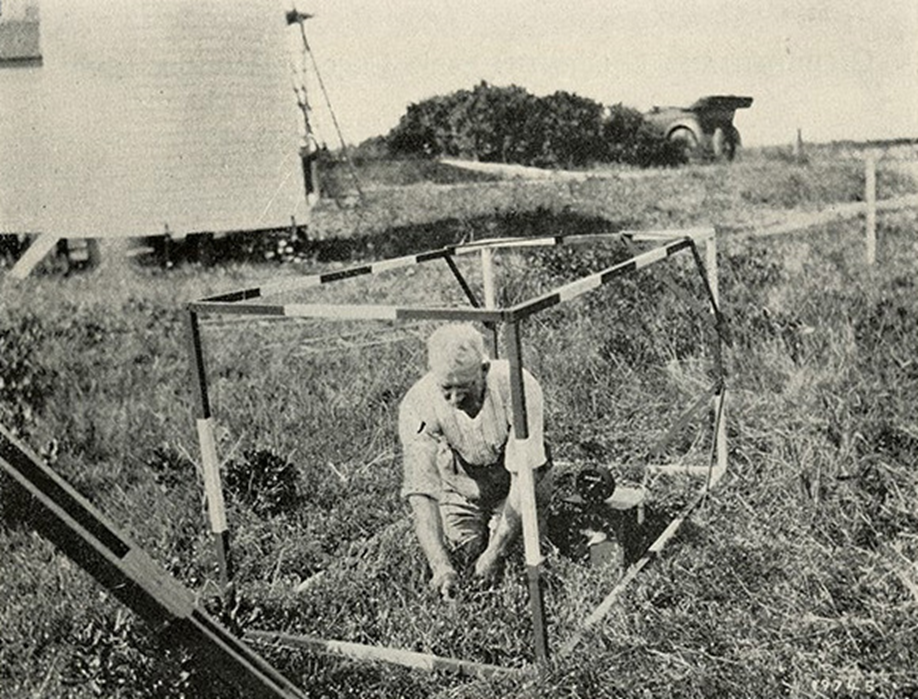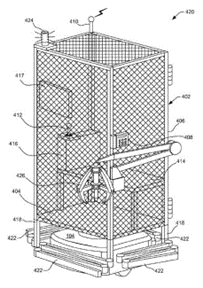Selected Topics in Architectural History and Theory: Work, Technology, Access: From Taylor to Twitch
Figure 1. Example of a “scale cage” used to study the movements of an “expert” picking cranberries. Frank B. Gilbreth and Lillian M. Gilbreth, “Scale Cage in Motion Study for Finding the Factor of the One Best Way to Do Work,” Journal of Personnel Research 2, no. 2 (June 1923): 68. Figure 2. Diagram from a patent filed by Amazon Technologies Inc. for a “human transport device,” nicknamed the “wage cage” by Reddit users.
ARC3313HF
Instructor: Elliott Sturtevant
Meeting Section: L0101
This in-person graduate seminar looks at the design of work and work of design, from the turn of the twentieth century to the present, from The Principles of Scientific Management (Taylor 1911) to the streaming platform Twitch. The course aims to consider how technology and design have historically shaped our perception of peoples’ ability, need, and desire to do work. To do so the course examines a series of attributes, and their opposites—non/human, un/productive, non/white, dis/able, ad/normal, un/safe, in/accessible, in/attentive—that have been variously ascribed to peoples, objects, and spaces through weekly readings that combine recent scholarship from the fields of design history, labor history, disability studies, and the history of technology. The course begins with a discussion of the European and US empires' so-called civilizing missions that used Machines as the Measure of Men (Adas 1989) and concludes with a more speculative discussion of post-work and anti-work futures, including the question of How to Do Nothing (Odell 2019). Throughout, a variety of case studies that range from plantations to prosthetics and slaughterhouses to smartphones will situate our analysis of the design of work and work of design, as it relates to questions of class, race, gender, and disability.



